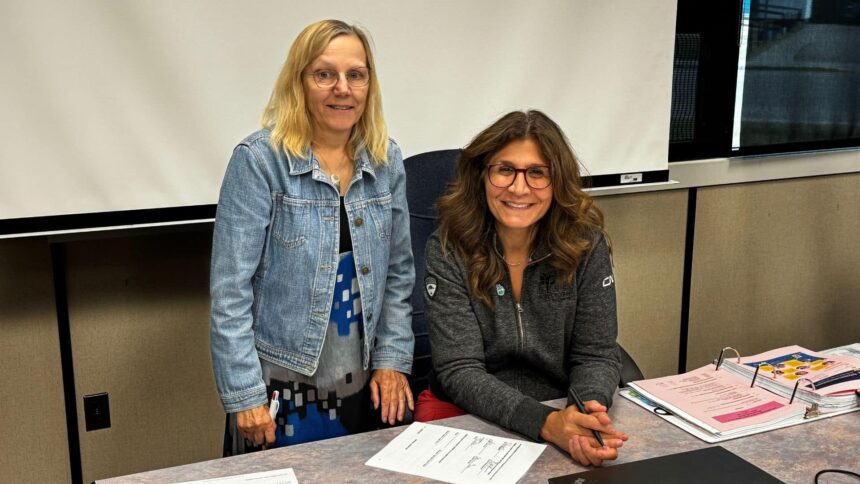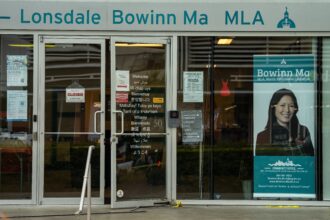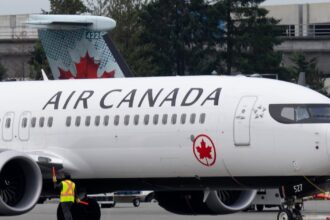In a landmark commitment to Indigenous education, School District 60 has renewed its Local Education Agreement (LEA) with Doig River First Nation, reinforcing a shared vision for supporting First Nations students across the Peace River North region. The ceremony, held last Thursday at the district office, marked a pivotal moment in the ongoing journey toward reconciliation through education.
The renewed agreement, signed by SD60 Superintendent Stephen Petrucci and Doig River First Nation Chief Trevor Makadahay, establishes concrete frameworks for cultural integration, academic support, and community collaboration that will directly benefit Indigenous students throughout the district.
“This agreement represents more than just a document—it’s a living commitment to our children’s futures,” said Chief Makadahay during the signing ceremony. “By embedding our cultural knowledge and perspectives within the education system, we’re creating spaces where our students can thrive while maintaining strong connections to their heritage.”
The LEA outlines several key initiatives, including enhanced cultural programming, dedicated Indigenous support workers in schools, regular consultation with First Nations communities, and specific academic performance targets. Perhaps most significantly, the agreement formalizes reciprocal accountability measures between the school district and Doig River First Nation.
Superintendent Petrucci emphasized the agreement’s importance within the broader context of Canada’s educational landscape. “These partnerships represent the future of education in our region and across the country. By working directly with First Nations communities, we’re developing educational approaches that respect Indigenous knowledge while preparing all students for success in our increasingly complex world.”
The renewal comes amid growing recognition of education’s crucial role in reconciliation efforts nationwide. Statistical evidence supports the approach—schools with strong Indigenous partnerships have demonstrated measurable improvements in attendance, graduation rates, and overall student well-being among First Nations learners.
Lisa Machete, SD60’s Indigenous Education Principal, highlighted the agreement’s practical impact. “We’re seeing real changes in our classrooms. When Indigenous students see their cultures reflected in curriculum and school environments, engagement increases dramatically. This agreement strengthens that foundation.”
Educational consultant Dr. Sarah Clearwater, who specializes in Indigenous education partnerships, notes that such agreements represent a significant evolution in educational policy. “What makes these LEAs particularly effective is their focus on mutual accountability and genuine community input. They move beyond symbolic gestures toward structural change.”
The agreement will be implemented immediately, with regular review periods built in to ensure goals are being met and adjustments made when necessary. Both parties have committed to transparent reporting on progress to maintain community trust and demonstrate effectiveness.
For parents like Michelle Gauthier, whose children attend schools within SD60, the agreement offers renewed hope. “Seeing our traditions and knowledge valued within the school system means my kids don’t have to leave their identities at the door. That matters more than people realize.”
As educational institutions across Canada navigate the complex intersection of public policy and reconciliation efforts, agreements like this one between SD60 and Doig River First Nation may provide a blueprint for meaningful collaboration.
The question now facing educators and communities alike: How might these local partnerships between school districts and First Nations communities ultimately reshape Canada’s educational landscape for generations to come?










